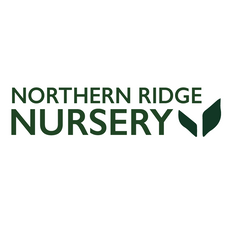American Elderberry, or Sambucus Canadensis, is a beautiful deciduous shrub that is native to North America. With its large clusters of white or pinkish flowers in the spring, followed by black berries in the summer, it is a great addition to any garden. However, in order to get the most out of your American Elderberry, it's important to know how to care for it properly. In this guide, we'll go over everything you need to know to keep your American Elderberry healthy and thriving.
First and foremost, American Elderberry prefers full sun to partial shade. It will grow in a variety of soil types, but it prefers moist, well-draining soil. It is hardy in USDA zones 3-9 and adaptable to a range of pH levels.
When it comes to watering, American Elderberry is relatively drought tolerant, but it does appreciate regular watering during periods of drought. Be sure to keep the soil consistently moist but not waterlogged. It's also important to note that the plant should be well drained, so avoid planting it in low-lying areas.
Pruning is an important aspect of caring for American Elderberry. Prune in late winter or early spring to remove any dead or damaged wood and to control the size of the shrub. This will help encourage new growth and healthy fruit production.
American Elderberry is relatively disease and pest resistant, but it can be susceptible to powdery mildew and insect pests such as aphids and spider mites. Keep an eye out for these issues and take action as soon as you notice them.
In conclusion, American Elderberry is a beautiful and hardy plant that can be a great addition to any garden. With the proper care and attention, it can thrive for many years. Remember to plant it in an area with full sun to partial shade, keep the soil consistently moist, prune it in late winter or early spring, and keep an eye out for pests and diseases. With these tips, you'll be able to enjoy the beauty of American Elderberry for many years to come!










